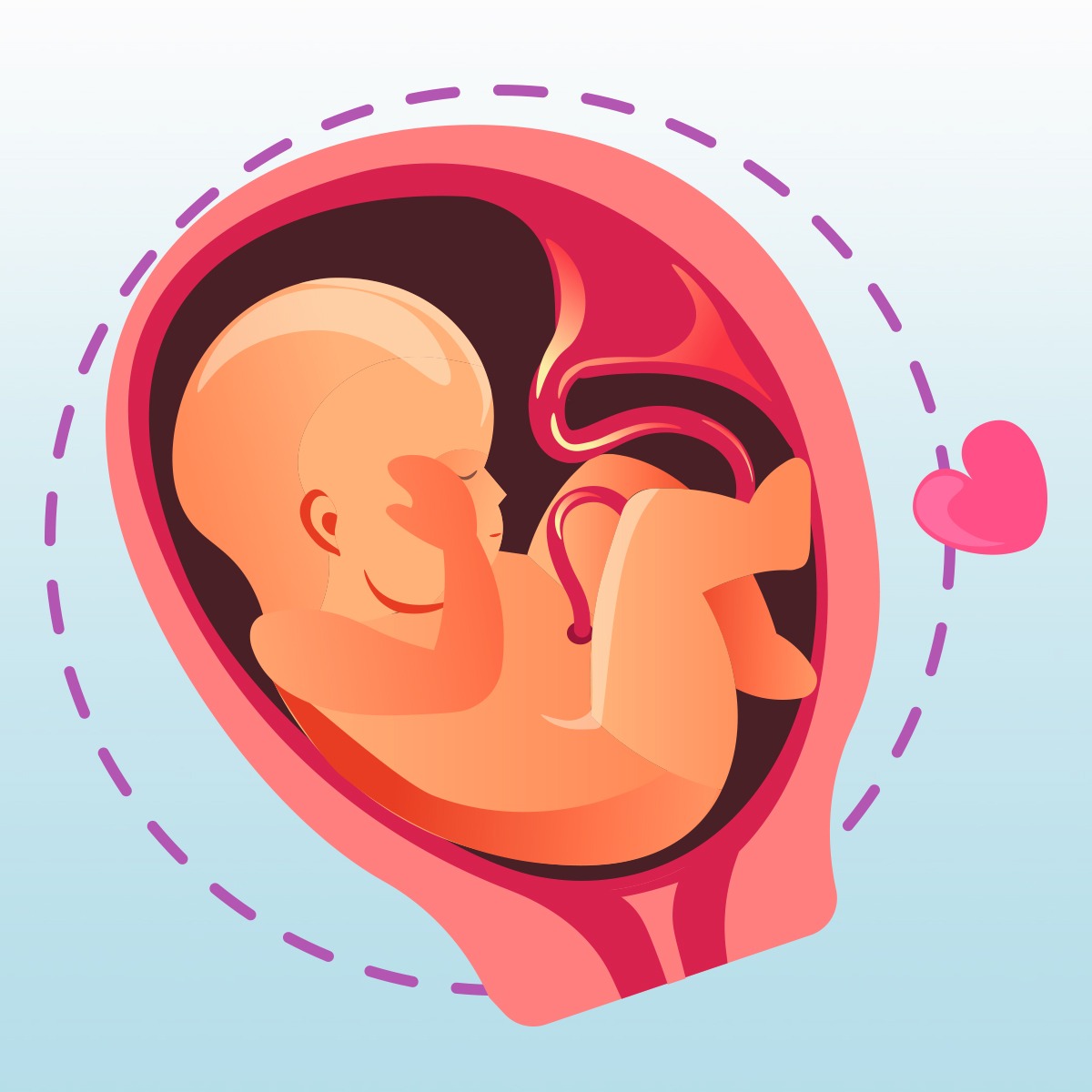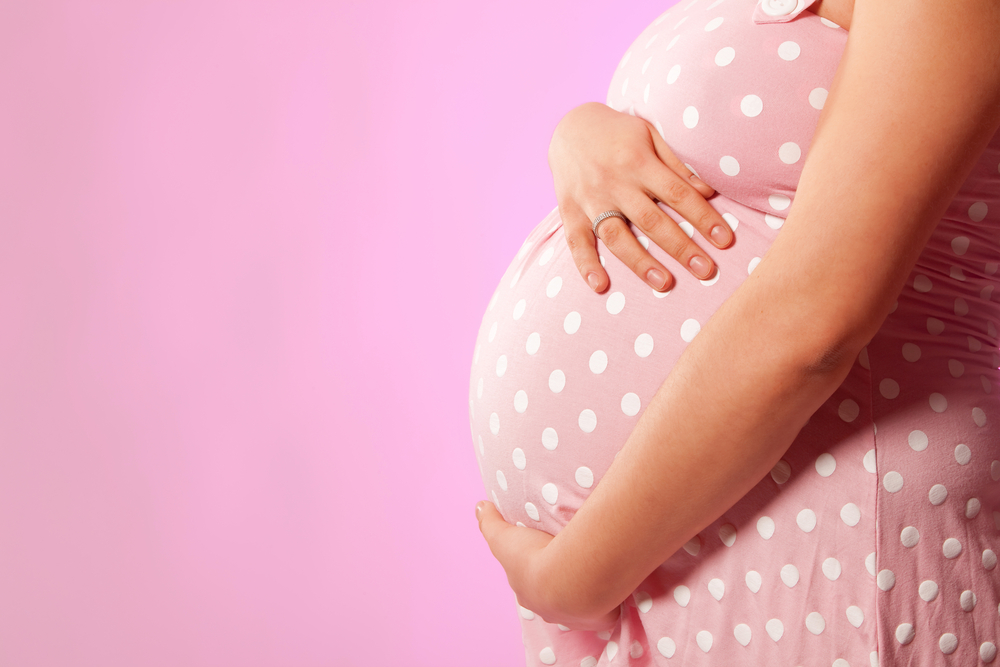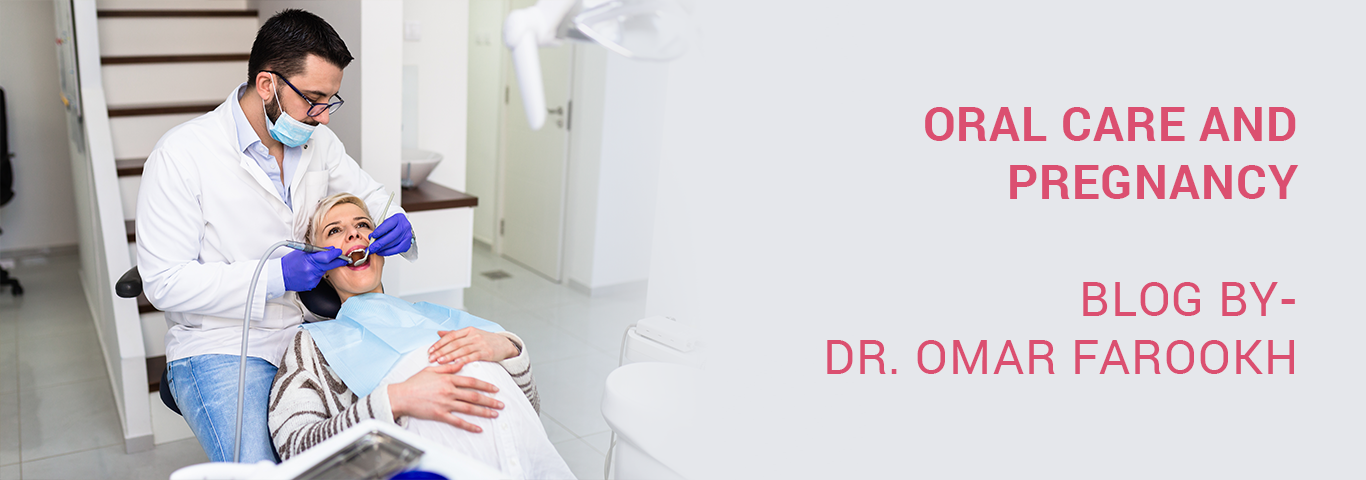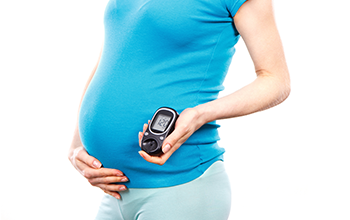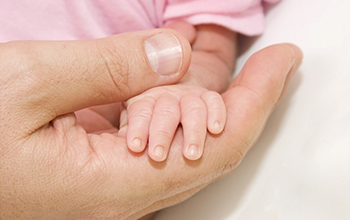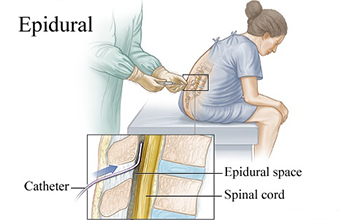? ? ? ? ? ? ? The umbilical cord is the lifeline of an unborn child from the mother. It?usually contains three blood vessels and is about 21? long and is?responsible for supplying nutrients and oxygen from the mother??s bloodstream to the infant??s bloodstream, as well as supplying a blood supply to the infant and eliminating wastes. Without it, an infant cannot survive during the gestational period.?
Once an infant is delivered, the umbilical cord is clamped and cut, and babies begin to breathe on their own.
However, there are several umbilical cord problems that can arise and put infants at risk for serious health problems. This article is intended to allay the anxiety which arises from certain ultrasound reports mentioning various cord positions. Some mothers are terrified by the thought of the umbilical cord wrapping around the baby??s neck and the possibility of problems during delivery or even a stillbirth.
Common Umbilical Cord Problems
Umbilical Cord Prolapse
Umbilical cord prolapse is a problem that occurs when the umbilical cord drops through a mother??s open cervix during labor and delivery and sometimes even before the onset of labor. This can cause the cord to get compressed between the baby??s body and the rim of the cervix and hence occlude the blood supply of the baby.
The most common risk factors for umbilical cord prolapse include:
- Premature rupture of membranes: If the mother??s water breaks too early, when the baby is still positioned high in the uterus, the umbilical cord may make its way into the birth canal before the baby can descend.
- Long umbilical cord length
- Low birth weight
- Pelvic deformities
- Low lying placenta
- Malpresentation (e.g. breech)
- Multiples sharing an amniotic sac: The first baby to be born may drag the cord of another through the birth canal.
- Premature delivery
- Uterine malformations
- Unengaged presenting part
- Excessive amniotic fluid (polyhydramnios): This may push the cord down before the baby.
The clearest sign of a cord prolapse is the emergence of the cord prior to the baby. However, this does not always happen, as the cord can also come down the canal alongside the baby. Signs of foetal distress, such as heart rate deceleration, also clue medical professionals into the possibility of cord prolapse.
Treatment/management of cord prolapse
Sometimes, it is possible for a physician to move the baby away from the cord, possibly with the help of forceps or a vacuum extractor (which can also be dangerous for the baby). However, this often fails, and then an emergency C-section delivery is necessary. While preparing the mother for surgery, medical professionals will often opt to push the presenting part of the baby back into the pelvis.
If Obstetricians don??t detect and treat an umbilical cord prolapse quickly, the infant may be deprived of oxygen, leading to a host of medical issues, including long-term cognitive problems, cerebral palsy, and in severe instances, a stillbirth.
Short cord
The average umbilical cord length is between 55 and 60 cm. An umbilical cord is considered short if it is 35 cm or less in length. Short umbilical cords occur in roughly 6% of pregnancies. They are risky because they can affect the growth and development of the baby as well as the outcome of the pregnancy. Short umbilical cords can lead to many complications, including:
- Prolonged labor
- Placental abruption
- Hypoxic-ischemic encephalopathy (HIE)
- Cerebral palsy
- Intrauterine growth restriction (IUGR)
- Umbilical cord rupture
Risk factors for short cord
Some of the risk factors for short umbilical cord include :
- Gestational diabetes
- Maternal low body mass index (BMI)
- Oligohydramnios (decreased amniotic fluid)
- Polyhydramnios (excessing amniotic fluid)
- History of smoking during pregnancy
Signs and diagnosis of short cord
Short cord should be suspected if there is low foetal movement; this could both cause and be caused by short cord. Signs of foetal distress should also prompt medical professionals to check for short cord.
Treatment/management of short cord
If the cord is extremely short, or there are signs of foetal distress, the mother may be admitted to the hospital for inpatient monitoring prior to delivery. If she is diagnosed with placental abruption or the baby is in foetal distress, then the medical team should quickly prepare the mother for emergency C-section.
Nuchal Cord
A nuchal cord occurs when the umbilical cord becomes coiled around an infant??s neck, most often in a single coil but in some cases, multiple coils. Nuchal cords occur in around 10% to 30% of all births. And a 2018 study in the American Journal of Obstetrics and Gynaecology reports that, the majority of time, babies do just fine when one is present.
What causes nuchal cords?
Random foetal movement is the primary cause of a nuchal cord. Other factors that might increase the risk of the umbilical cord winding around a baby??s neck include an extra-long umbilical cord or excess amniotic fluid that allows more foetal movement.
Nuchal cords typically are discovered at birth. Occasionally, patients ask if we can see them on ultrasound, which sometimes we can. There??s no way yet to prevent nuchal cords or unwind them from a baby??s neck in the uterus.
When is a nuchal cord dangerous?
If the cord is looped around the neck or another body part, blood flow through the entangled cord may be decreased during contractions. This can cause the baby??s heart rate to fall during contractions. Prior to delivery, if blood flow is completely cut off, a stillbirth can occur. This is however very rare, as complete occlusion of the umbilical vessels seldom occurs as they are adequately protected by the presence of a jelly like substance around them in the umbilical cord, called Wharton??s Jelly.
In the 2018 study, 12 percent of deliveries had a nuchal cord. Most babies with a nuchal cord had just a single loop around the neck. Fortunately, there was no increased risk for growth problems, stillbirth, or lower Apgar scores in this group.
What is the possibility of stillbirth in cases of nuchal cord?
Research has found little or no connection between stillbirth and nuchal cords, although there has been some speculation about the relationship by researchers in Timisoara, Romania.
Their results were noted in the journal?Clinical and Experimental Obstetrics and Gynaecology and suggested nuchal cord incidents needed to be given more attention. They recommended thorough monitoring of foetal heart rates, during delivery once ultrasounds had revealed nuchal cords. They also suggested cesarean delivery when any distress was noted.
What happens during delivery?
Since the vast majority of time we don??t know if a baby will have a nuchal cord, it is routine that the doctor will check the baby??s neck for a nuchal cord after the baby??s head is delivered. Usually the cord is loose and can be slipped over the baby??s head. At times it might be too tight to easily slip over the head, and the doctor or midwife will clamp and cut the cord before the baby??s shoulders are delivered. This keeps the cord from tearing away from the placenta when the rest of the baby??s body is delivered.
Umbilical Cord Knots: True Knots
Umbilical cord knots occur when a fetus maneuvers around in amniotic fluid and moves through the umbilical cord loop, creating a knot. The knot usually remains loose but can constrict and tighten during delivery. While the knot is loose, there generally isn??t a need to worry, but if the knot becomes too tight and not detected and treated immediately, the infant may experience oxygen loss, decreased blood flow, and in some instances, death. During labor it can be reflected in abnormal CTG tracings or decreased or increased Foetal heart rates.
Cord Stricture
According to the National Institutes of Health (NIH), cord stricture is a common cause of foetal death, typically during the 2nd trimester, before birth. The cause of cord stricture is unknown, yet it occurs in around 19% of foetal deaths.
Since this type of umbilical problem is difficult to detect during the prenatal period, risk of foetal death is increased.
Umbilical Cord Cysts
Umbilical cord cysts occur when an abnormal growth appears on the umbilical cord. The growths are classified as either false cysts (filled with fluid), or true cysts (remaining cells from foetal development). Can be detected during first trimester on USG. These are sometimes associated with chromosomal problems and anatomical defects.
Single umbilical artery
The umbilical cord normally contains two umbilical arteries and one umbilical vein, which carry blood between the placenta and the unborn baby. Some unborn babies have only one umbilical artery. While this usually does not pose a problem to the developing baby, about 30% of infants with only one umbilical artery have some sort of congenital abnormality such as cleft lip, heart conditions, or chromosomal abnormalities if associated with other markers. If isolated, this finding is innocuous and does not warrant further testing. These babies are more prone for growth restriction in pregnancy and hence periodic growth monitoring by serial scans is necessary.
Velamentous insertion and vasa previa
Usually the umbilical blood vessels run from the placenta, protected within the umbilical cord, to the baby. However, in 1% to 2% of pregnancies, a condition called velamentous insertion of the umbilical cord can occur. In this condition, the blood vessels travel, unprotected, across the foetal membranes before they come together into the umbilical cord. This condition may be associated with low birth weight, premature birth, and various congenital abnormalities. Velamentous insertion can cause haemorrhage from the baby during childbirth, after the foetal membranes have ruptured. If velamentous insertion is suspected, you may be advised to have a caesarean section to avoid the chance of rupture.
Vasa previa is a complication of velamentous insertion where the umbilical blood vessels cross the foetal membranes and pass through the space between the unborn baby and the cervix. This is a very serious condition because once the foetal membranes rupture, the exposed blood vessels can tear, causing massive bleeding from the baby. This causes the baby??s heart rate to slow down and puts them in grave danger. If you have vasa previa with significant vaginal bleeding, you will need to have a caesarean section in an effort to save the baby??s life.


 Toll Free Number
Toll Free Number








